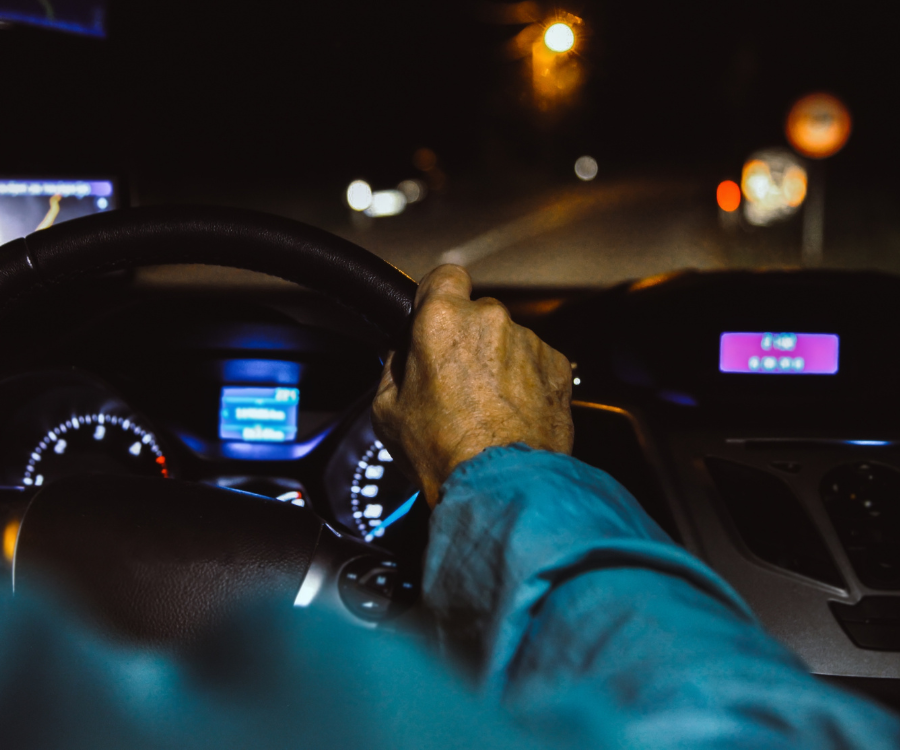Driving at Night: Tips for Safer Vision on the Road
Navigating the Dark: Tips for Safer Vision When Driving at Night
As the sun sets and the roads get darker, driving becomes a different challenge. Reduced visibility, glare from oncoming headlights, and fatigue can all make night driving a more demanding and potentially risky experience. But with the right knowledge and habits, you can significantly improve your vision and safety on the road after dark.
Here are some essential tips for a clearer and safer night drive.
1. Keep Your Windshield and Windows Squeaky Clean
This might seem simple, but it’s one of the most effective steps you can take. A dirty windshield can turn a minor glare into a blinding flash. Smudges, dust, and streaks scatter light, making it difficult to see clearly, especially when facing oncoming headlights or streetlights.
- Inside and Out: Don’t just clean the outside; wipe down the inside of your windows and windshield with a clean cloth and a good glass cleaner. This removes the film that builds up from air conditioning, dust, and car materials.
- Wiper Blades: Make sure your wiper blades are in good condition. Old, cracked blades can leave streaks that severely impair visibility during rain.
2. Master Your Headlight Usage
Your headlights are your most crucial tool for seeing and being seen at night. But using them correctly is key.
- Use High Beams Wisely: High beams are great for illuminating dark, rural roads where there’s no other traffic. However, you must dip them to low beams as soon as you see an oncoming car or when you’re following another vehicle. This prevents you from blinding other drivers, a common cause of night-time accidents.
- Check Your Alignment: Headlights can become misaligned over time, either pointing too high (glaring at other drivers) or too low (reducing your own visibility). If you notice this, have a mechanic check and adjust them.
- Keep Them Clean: Just like your windshield, your headlights can get dirty. A quick wipe before you start your drive can make a significant difference.
3. Adjust Your Interior Lighting
Your car’s interior lights can be a major distraction and hinder your night vision.
- Dim Your Dashboard Lights: A brightly lit dashboard forces your eyes to constantly adjust between the bright display and the dark road, leading to eye strain. Dim the instrument panel lights to the lowest comfortable setting.
- Avoid Using Interior Dome Lights: Only turn on your interior lights when necessary, as they can cause a sudden loss of night vision.
4. Manage Glare from Oncoming Cars
Glare is a primary concern for night drivers. Here’s how to handle it.
- Don’t Stare into the Light: When a car with bright headlights approaches, avoid staring directly at them. Instead, shift your gaze down and to the right side of your lane, focusing on the white line or the edge of the road. This keeps your eyes on the road and reduces the blinding effect of the lights.
- Check Your Mirrors: Adjust your rearview mirror to its “night” or “dim” setting (the small tab at the bottom of the mirror). This will reduce the glare from headlights behind you.
5. Take Care of Your Eyes
Your vision is a priority.
- Wear Anti-Glare Glasses: If you wear glasses, consider getting a pair with an anti-reflective coating. This coating reduces glare and reflections, making night driving much more comfortable.
- Get Regular Eye Exams: Your vision can change, and even a slight prescription difference can affect your night vision. Get your eyes checked regularly to ensure your prescription is up to date.
- Manage Driver Fatigue: Fatigue is a huge factor in night-time accidents. If you feel tired, pull over in a safe, well-lit area and take a break. A short rest or a caffeine boost can make all the difference.
6. Reduce Your Speed
Lowering your speed at night gives you more time to react to unexpected hazards, such as potholes, pedestrians, or animals. Your reaction time and stopping distance are critical, and a reduced speed compensates for the reduced visibility.

